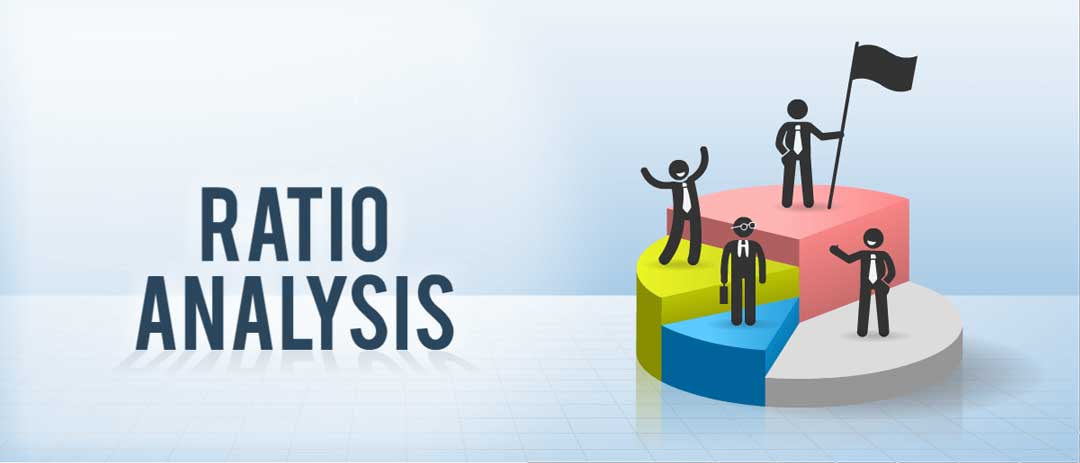
Financial statements’ analysis consists of a comparative study of accounts’ relations and trends to determine a company’s economic and financial position.
There are methods to analyze, simplify, understand and value the information to know the changes year by year.
We can use several methods, and even each one works independently, they work together with the others. The analyst or the interested party in analyzing financial statements can choose which one fits well to have an accurate analysis based on its objectives.
An internal or external analysis must indicate the possibilities to obtain profit and prove a company’s solidity.
Reasons to analyze financial statements include satisfying obligations, reaching commercial opportunities, making expansions with existing resources, buying bonuses, selling shares, and even getting mortgages to continue the interest payments or dividends.
Analysis can be vertical or horizontal, depending on if there are one or more years. Read our previous articles to learn more about vertical and horizontal analysis.
Methods include indexes or ratios, known as additional techniques, to make financial or business decisions. Financial analysts must follow their judges concerning what they want to know about a company and then develop specifics analytics processes for each situation.
In this order, first, we have the current ratio or solvency index; this ratio measures the credit confidence level and the company’s payment capacity in the short term.
Second. Accounts receivable and accounts payable usually require analysis. The Accounts receivable rotation or receivable index measures the efficacy between credits and receivable and the human capital regarding credits given to clients. The analyst must also consider performing a credit conditions analysis.
Third. The Inventory Rotation index indicates how many times the inventory has been sold and bought during the year. Inventory analysis must include a price market analysis, season conditions, department rotation, and considering inventory components.
Fourth. The Property, Plant, and Equipment Rotation index measures a company’s capacity to generate income based on property, plant and equipment inversions.
Fifth. Indexes to analyze liabilities are the Indebtedness in the Short and Long term; these indexes measure the level of financial need on current or non-current liabilities with equity.
Sixth. Regarding capital, analysts want to identify how much profit the inversion generates with the available assets.
Finally, the financial cycle is not independent of the ratio analysis because the gross margin measures profit after deducting sales cost.
The interpretation of financial statement changes requires knowledge about accounting and the company’s economic activity.
There are cases where studying individual accounts is not enough; they need to be associated with which others they relate to and determine if the changes were positive or negative.
Written by: Andrea Diaz
Newsletters
Newsletter – March 2019
NewslettersEvents & SponsorshipArticles & Publications
Newsletter – February 2019
NewslettersEvents & SponsorshipArticles & Publications
Newsletter December 2018
NewslettersEvents & SponsorshipArticles & Publications
Newsletter November 2018
NewslettersEvents & SponsorshipArticles & Publications
e-Newsletter – August 2018
NewslettersEvents & SponsorshipArticles & Publications
Events & Sponsorship
No Results Found
The page you requested could not be found. Try refining your search, or use the navigation above to locate the post.
Articles & Publications
RRSP/RRIF and non-registered investments
Drawing from your RRSP/RRIF and non-registered investments. It often helps to think in terms of family wealth and tax efficiency. One of the most asked questions the newly retired or those about to retire have is: "When should I start drawing from my registered...
Strategies to consider when buying a second property
Strategies to consider when buying a second property. There are three common types of second properties people are looking at when they wish to buy a second property: cottages, income properties and U.S. real estate. COTTAGE PROPERTIES If you've been looking to buy a...
Incorporating your Business in Canada
Tax Advantages of Incorporating your Business in Canada Incorporating your business may lead to lower taxes depending on your particular situation and the province in which you operate. Incorporating can save you money once the business generates more income than you...
How much is child benefit in Canada per month?
How much is child benefit in Canada per month? For each child: under six years of age: $6,833 per year ($569.41 per month) 6 to 17 years of age: $5,765 per year ($480.41 per month). Will child benefit increase in 2021? On July 20, the Minister of Families, Children...
Is Cryptocurrency Taxable in Canada?
Is cryptocurrency taxable in Canada? According to CRA, possessing or holding a cryptocurrency is not taxable. However, selling, making a gift, trading or exchanging a cryptocurrency, including disposing of one to get another, or converting cryptocurrency to a...